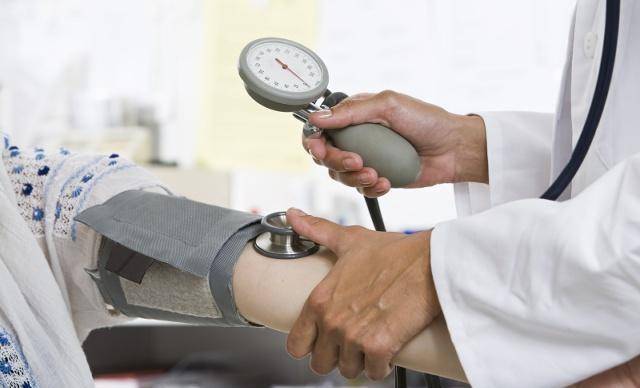As is well known, once the existence of hypertension is diagnosed, patients need to pay more attention to their daily diet. In daily life, there are many foods that need to be avoided, such as high-salt and high-fat foods, and extravagant meals should be avoided. Hairtail is a common type of fish in daily life, beloved for its delicious taste. So, can patients with hypertension eat hairtail?
An analysis of the nutritional components of hairtail shows that it can promote blood circulation and prevent cardiovascular and cerebrovascular diseases. Additionally, hairtail has a higher fat content compared to other fish, with mostly unsaturated fatty acids. The long carbon chain of these fatty acids helps reduce cholesterol levels. Therefore, under normal circumstances, patients with hypertension can eat hairtail. For those who enjoy it, they can choose it based on their preferences. However, it is essential to pay attention to the cooking methods. Cooking hairtail by frying or pickling may affect the control of normal blood pressure in patients, so steaming is preferable.
Moreover, during the cooking process of hairtail, one should try to reduce the use of salt, monosodium glutamate, soy sauce, and other condiments containing sodium chloride. Prolonged excessive intake of sodium chloride is one of the main reasons for the high prevalence of hypertension in clinical cases. As a patient with hypertension, controlling the intake is not limited to when eating hairtail but should be a habitual practice. Avoid adding condiments indiscriminately and focus on a light diet to ensure proper control and avoid harming the body’s health.
It is worth noting that hairtail contains a rich amount of magnesium, which is beneficial for the cardiovascular system, helping to prevent hypertension, myocardial infarction, and other cardiovascular diseases. Regular consumption of hairtail also has benefits such as nourishing the liver and blood, and nourishing the skin and hair. Of course, in daily dietary habits, one should adhere to a balanced diet, control the intake of high-fat and high-calorie foods to further stabilize blood pressure levels.
In conclusion, a balanced diet is crucial for patients with hypertension. Therefore, in daily life, patients must focus on this aspect, pay attention to relevant care measures to minimize unnecessary risks. It is recommended to follow a low-salt, low-fat diet, avoid smoking and drinking, stay calm, rest timely, nurture the body and mind, maintain a positive attitude, which is also significant for lowering blood pressure.


